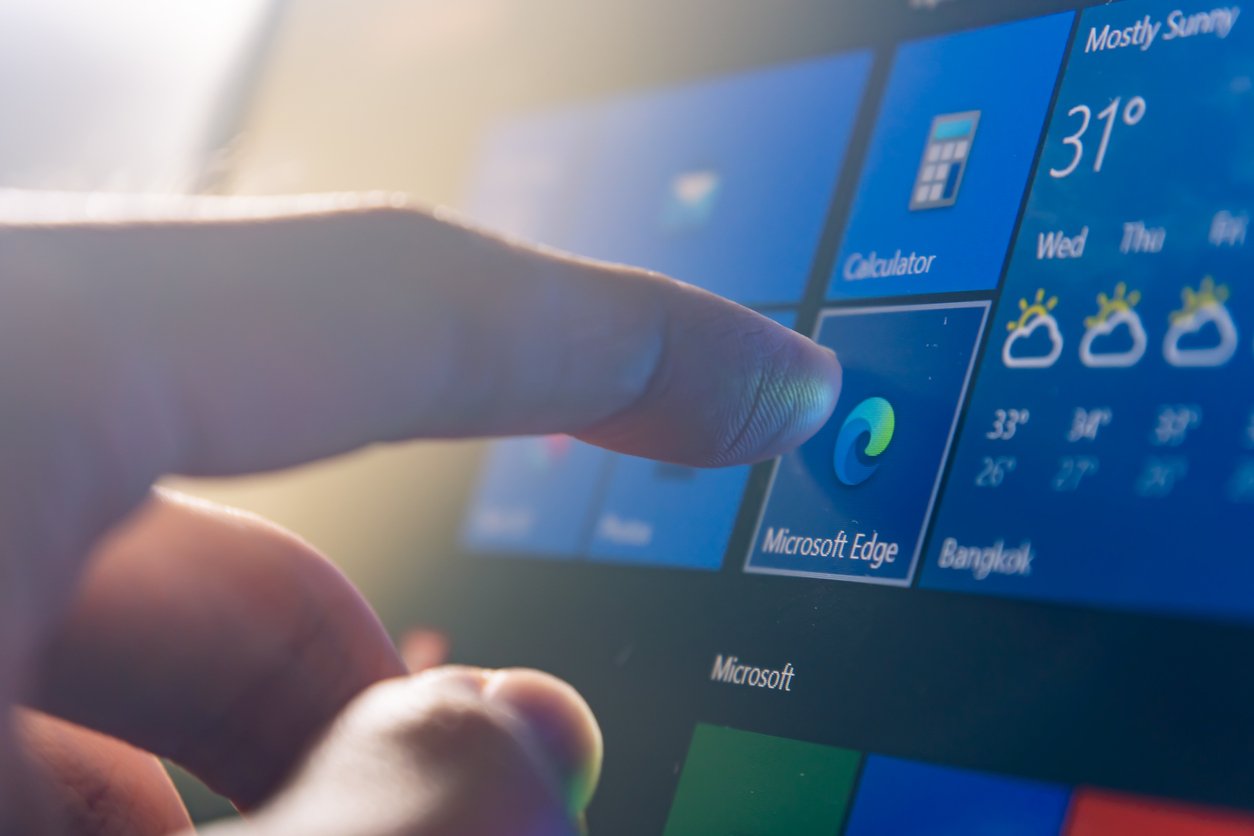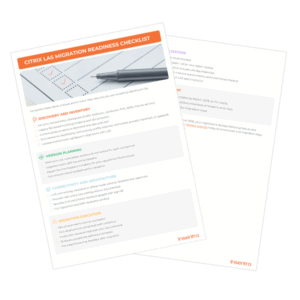When Microsoft launched Windows 10, they called it the last version of Windows. At the time, that felt believable. After years of bouncing from XP to Vista to 7, the thought of stability was attractive. And in many ways, Windows 10 delivered on that promise. It has been the backbone of enterprise IT for nearly a decade. It has taken the endless patches and cumulative updates, supported an explosion of cloud adoption, and carried businesses through a global shift to remote work.
But every product reaches its limit. Windows 10 is no exception. Support ends on 14 October 2025. After this date, most editions will no longer receive security updates, bug fixes, or technical support. That isn’t news, but it is a line in the sand. Organizations now need to decide what comes next.
The obvious answer is Windows 11. It’s supported, it’s secure, and it’s familiar. But every conversation I’ve been having with businesses tells me the same thing: this isn’t just about choosing an operating system. It’s about whether the move off Windows 10 will be treated as another rushed migration or as an opportunity to finally address the security and compliance issues that have been tolerated for years.
Most businesses didn’t handle the Windows 7 to 10 migration particularly well. The focus was on reimaging, not rethinking. Devices were upgraded, but governance was left behind. Policies were inconsistent, local admin rights were left unchecked, and patching varied wildly. On paper, the job was done. In practice, weaknesses such as too many users with admin rights, irregular patching schedules, and inconsistent IT policies followed them into the new platform.
That same mistake is sitting right in front of organizations now. Windows 11 is the path of least resistance. But if it’s rolled out the same way Windows 10 was, it’s just a re-skin. The same issues will persist for another decade.
The smarter approach is to see this for what it is: a compliance and security milestone, not just a technical one. Because while Windows 10 has been stable, the compliance landscape has not stood still. Standards like ISO27001, NIST 800-53, HIPAA, GDPR and Essential 8 have hardened expectations. They don’t just want secure systems; they want evidence: audit-ready reports, consistent baselines, and security controls that can be demonstrated, not just assumed. They assume organizations can produce evidence of controlled access, consistent patching, reliable baselines, and monitored environments. They don’t care whether that’s done on Windows 11, thin clients, or desktops in the cloud. They care that it’s done consistently and that the evidence is available.
Some organizations will look at Windows 11 as the natural choice. And that makes sense. It’s a mature platform, built with stronger security foundations than its predecessor TPM 2.0, credential isolation and virtualisation-based security. But those features only make a difference if they’re backed by proper governance. Organizations deploying hardened Windows 11 images through Intune, aligned to frameworks like ISO27001 or Essential 8, can shift compliance from reactive to real-time.
Others are using this moment to rethink the endpoint entirely. Thin clients and IGEL have gained traction for one simple reason: less to manage, less to secure, less to prove. When a device can’t store data and can only connect to a secured backend such as Citrix or Azure Virtual Desktop, where apps and data are centrally managed rather than stored locally the attack surface shrinks, and compliance reporting becomes easier. It’s not a universal solution not every workforce can operate effectively on a thin client but where it fits, it removes a lot of operational noise.
Then there’s Azure Virtual Desktop. For regulated industries, this has been transformative. When desktops and applications run in Azure, local data disappears. Conditional Access, Defender for Endpoint, and Sentinel provide control and monitoring. Governance isn’t bolted on afterwards; it’s part of the platform. We deploy AVD with infrastructure as code, so every host pool is built the same way, every time. That consistency doesn’t just make it easier to manage; it makes it auditable. For regulated industries, repeatability often determines whether an audit is a predictable checkpoint or a disruptive, resource-draining exercise.
Realistically, many organizations will end up with a blend. Frontline workers on thin clients, knowledge workers on Windows 11 laptops, sensitive workloads delivered through AVD. The important point is that compliance and governance span all of them. Intune policies, Sentinel monitoring, and role-based access controls can make the mix consistent. Without that, hybrid models just multiply the complexity.
I often think back to a mid-sized financial services organization we worked with a couple of years ago. They had been through the Windows 7 to 10 migration the way most did quickly and cheaply. Their IT team carried old policies forward, left admin rights largely untouched, and tried to manage patching manually. By the time we engaged with them, they were technically compliant on paper, but in reality, every ISO27001 audit was painful. They were constantly producing exceptions, constantly explaining gaps, and constantly under pressure.
When the Windows 10 end-of-life came into view, their board asked a blunt question: are we going to repeat the same mistake? This time, they approached it differently. Together, we built hardened Windows 11 images through Intune, mapped compliance directly to their audit requirements, integrated Sentinel for real-time monitoring, and piloted AVD for their trading floor staff, where latency and security both mattered.
The difference was measurable. Audit preparation time was cut by more than half, and compliance evidence that once required manual collation could be produced instantly. For financial services, where regulator deadlines are strict, this was a material improvement. Not because the auditors went easy on them quite the opposite. But because they could produce evidence on demand. The CIO described it as “the first time compliance has felt like a process we run, not a problem we manage.”
That’s what’s at stake with this transition. This is not just a change of operating system but also a change in how security and compliance are approached.
Some organizations will try to buy time with extended security updates. Extended Security Updates are available through October 2028 and are purchased annually. They extend patching but are costly and don’t resolve governance issues. Others will outsource the whole problem through managed desktop services, offloading imaging, patching, monitoring, and support. That can work if the partner understands governance and compliance, not just the technical pieces.
For most, the decision will sit somewhere between the obvious options: Windows 11, thin clients, IGEL, AVD, or a mix. What matters isn’t which one you pick; it’s whether compliance is baked into the decision. Every standard ISO, NIST, HIPAA, GDPR, Essential 8 expects the same fundamentals: controlled access, patch discipline, standard builds, and evidence on demand. Whether that’s delivered on a laptop, a thin client, or a virtual desktop doesn’t matter nearly as much as whether it’s delivered consistently.
This is where managed services can support the transition from building compliant Windows 11 images and integrating Sentinel monitoring, to deploying AVD consistently and guiding certification readiness. Some want the whole problem off their plate, others want specialist guidance while they stay hands-on. Both models work. The point is that compliance isn’t an afterthought. It’s the design principle.
Windows 10’s end of life isn’t dramatic. It’s expected, and it’s happening now. The decision facing organizations is equally simple: carry old problems into new platforms, or use this transition to fix them. Most will take the path of least resistance and end up with another decade of the same issues. A smaller number will use this as a reset, embedding compliance and governance properly into their IT platforms. Those are the ones who will come out ahead.
Windows 10 is finished. The next step will either carry old problems forward or build a platform designed to withstand the next decade of audits, regulations, and security threats.
Ready to make the move the right way?
Don’t let Windows 10’s end of life catch your organization off guard. Whether you’re planning a Windows 11 rollout, exploring thin clients, or designing a hybrid desktop strategy, our team can help you build a secure, compliant foundation for the next decade. Contact us to discuss your transition strategy and see how we can support your compliance and governance goals.











